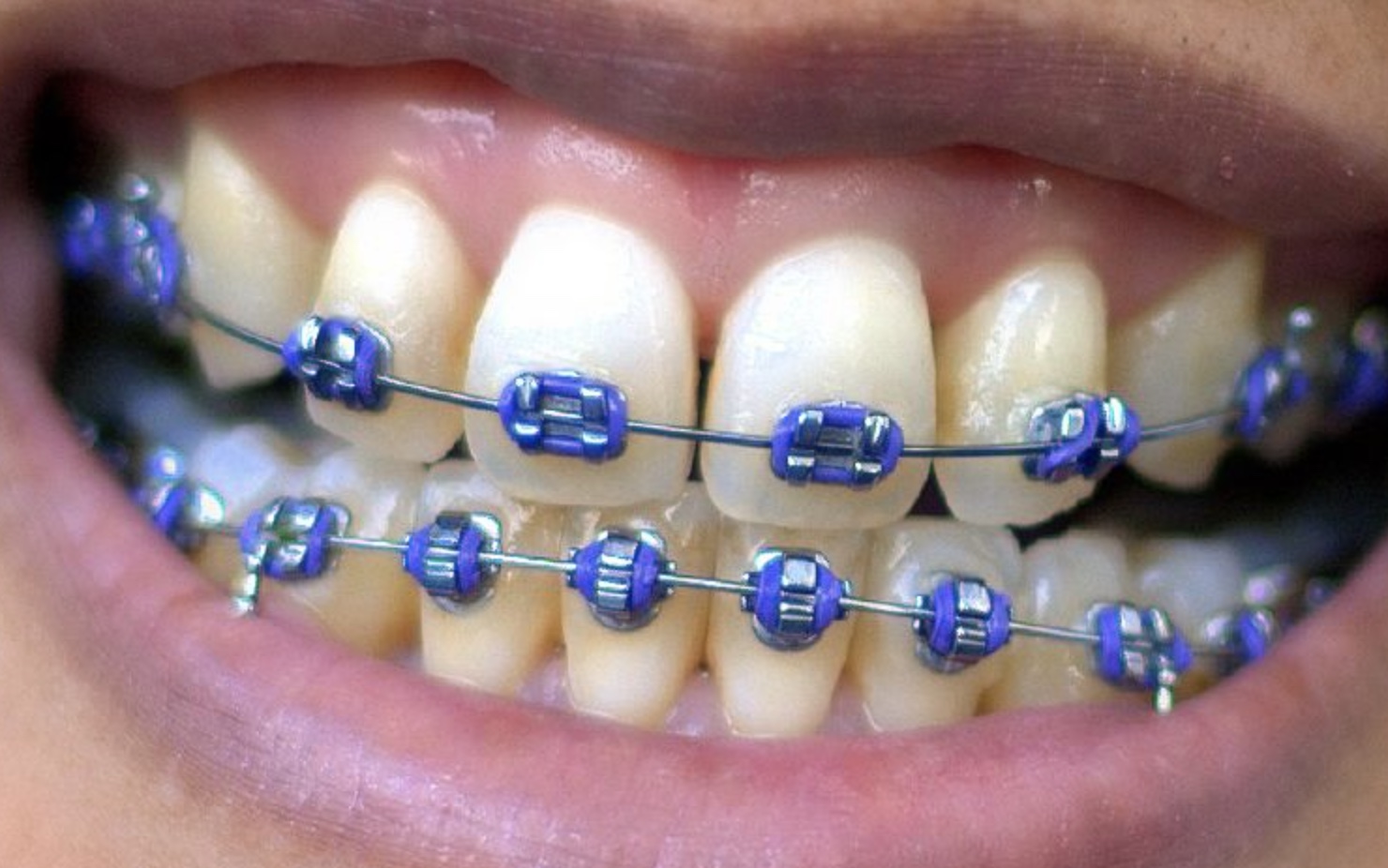When it comes to dental conditions, an underbite is one of the most common and impacts millions of people in the US alone. Despite underbite being so prevalent, the majority of people skip out on treatments because they assume it will be too expensive or aren’t aware of the available treatments. Fortunately, correcting an underbite can be done with ease and doesn’t need to break the bank. Throughout this article, we will tell you what an underbite is and let you know three ways that you can get yours corrected.
Chapter Overview
What Is an Underbite?
Among dentists, an underbite is referred to as “prognathism” and refers to a teeth misalignment. For the most part, underbites aren’t serious and mean that the lower and upper teeth align directly or the lower is slightly out in front. Underbites are typically genetic and will develop between birth and early childhood. Alternatively, excessive pushing on the teeth and thumb sucking, which are common childhood habits, can cause an underbite to form.
Is An Underbite Serious?
Underbites don’t usually cause any sort of medical health issues and will be perfectly fine if left. However, when it comes to dental hygiene, slight underbites can grate against the enamel and leave your teeth open to damage. Further, serious underbites can cause physical pain in the jaw alongside trouble eating and speaking. When you leave an underbite that’s grinding for too long, you will feel chronic pain. If you are concerned about an underbite, the best course of action you can take is to contact a professional.
How to Fix an Underbite
In children, there are many methods to correct an underbite, including chin caps and jaw extenders. However, these can only be used before the jaw is fully developed. Fortunately, for adults, there are plenty of more effective corrective options. The type of treatment you receive will depend entirely on your circumstances; continue reading to find out more.
Home Aligners
If you need to have an underbite corrected and the issues are only minor, you can use a home aligner. The process is simple, and there are countless quality suppliers out there, including ALIGNERCO. You will take a remote impression of your teeth and return it to the specialists, who will use it to create a 3D print of your teeth. Then, you will be supplied with the aligners to use in the safety of your own home. If you’re concerned with how much the treatment will cost, you should know that you can pay in installments and are only looking at around $900.
You will need to adjust to a new life and follow some simple rules for around six months. For example, you will need to remove your aligners whenever you eat or drink anything that isn’t water. Further, you will have to get into the daily habit of soaking your aligners to remove all the debris. When it comes to storage, you will have to take the case out with you and put your aligners in them every single time you take them out. For the best results, you should start carrying around an aligner kit with everything you need to maintain them on the go. If you forget to look after your home aligners properly, you will break them and stain them.
Braces
Braces are one of the most well-known and effective ways of shifting teeth, and they can correct the majority of underbites. Sometimes, braces need to be used with headwear and bands to realign the jaw. Unfortunately, despite braces being so effective, the majority of adults are too concerned with their looks and would instead take a subtle approach. That being said, the average course of treatment through traditional braces can take up to 36 months and will cost around $6K without a health insurance plan.
This trustworthy dentist in Richmond Hill NY also recommends wearing retainers after the braces are taken off. This will ensure that the alignment will be maintained.
Corrective Surgery
In most underbite cases, braces or aligners will be used to shift the jaw. However, there are severe cases where the above won’t cut it. In these instances, corrective surgery is used to realign the jaw. During corrective surgery, either the upper or lower jaw is altered in a highly invasive procedure.
As well as being highly invasive, the cost of corrective surgery is significantly high, and the road to recovery can be lengthy. Luckily, there are only a limited number of cases that surgery is needed for. If you have an underbite, you should contact your dental specialist for advice before jumping into surgery.
Underbites affect millions of people and usually do not cause any medical issues. Typically caused by genetics or childhood habits, the majority of underbites are minor and can be corrected using braces and aligners. If you choose to use aligners, make sure you follow all cleaning guidelines discussed above for the best results.

